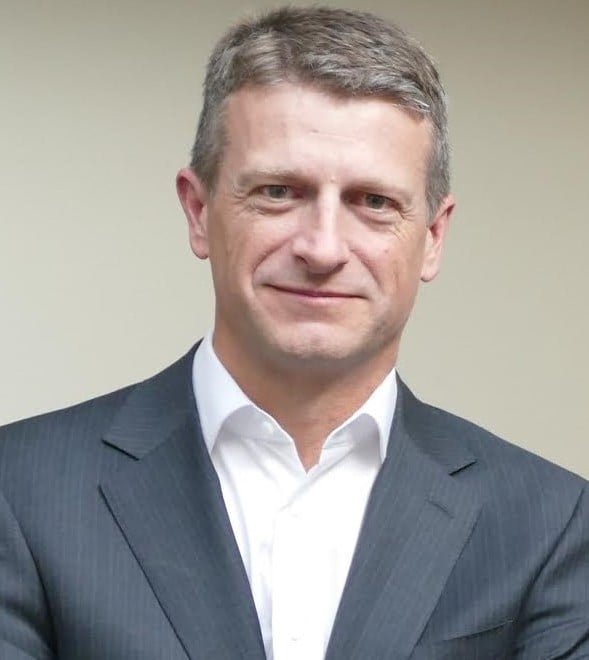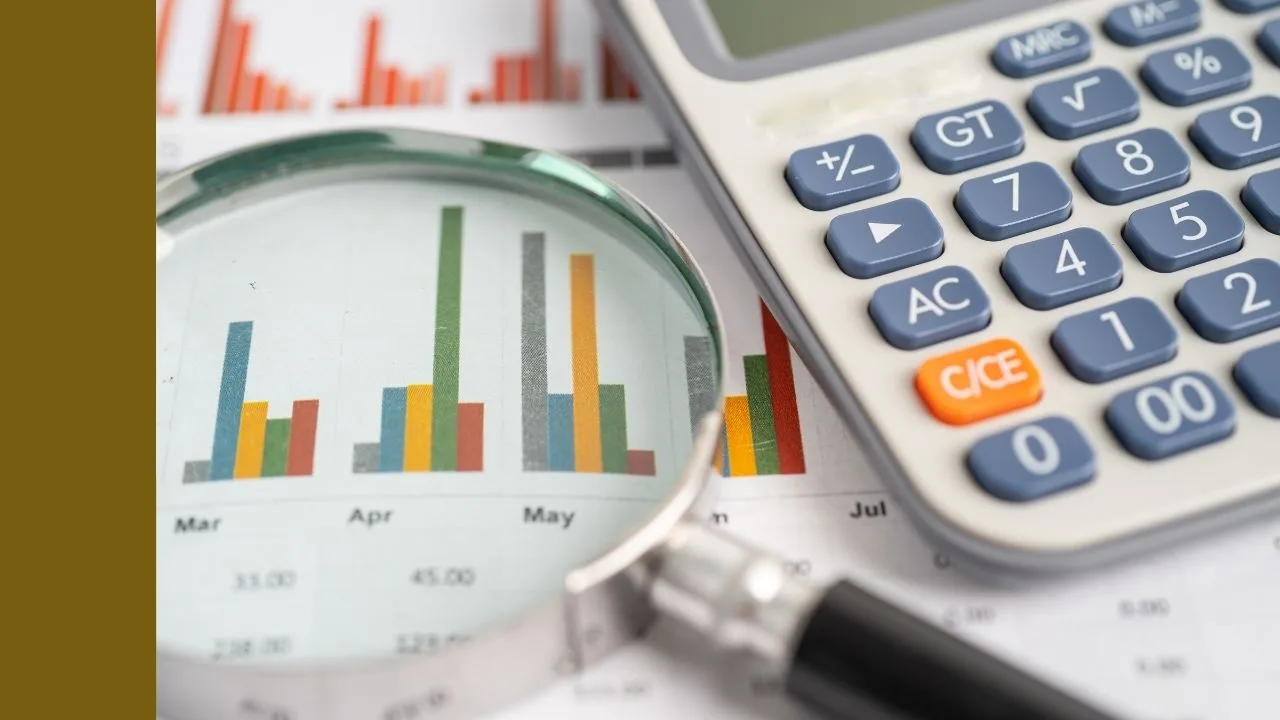Self-managed super funds (SMSFs) have become a vital part of Australia’s retirement saving system. With almost 600,000 funds and more than a million members, SMSFs are the fastest growing superannuation sector according to the Australian Taxation Office (ATO).
However, the SMSF sector is now facing more challenges than ever. Aside from the usual market fluctuations that affect super fund investments, there are two major changes looming on the horizon that could deliver drastic changes to the SMSF sector.
Hayne Commission
With the Hayne Royal Commission due to submit its final report, many market observers are predicting changes to the superannuation industry. Though initial findings of the Hayne Commission have focused on the quality of financial planning and advice to superannuation and SMSF members, there may be wide-ranging changes once the final report comes in.
Scrapping Franking Credits
Another potential threat to SMSFs is the Australian Labor Party’s (ALP) proposed plan to scrap the franking credits for investors.
It is a fact that the majority of Australian investors, particularly retirees and SMSF members earn significant income from franking credits on their local share investments. If this publicised ALP policy is ever implemented, it would create a big dent in SMSF earnings.
Though there are no concrete figures on how much the SMSFs and retirees stand to lose under the plan, this must be playing on the minds of SMSF members.
What SMSFs Can do to Protect and Diversify Their Portfolio
While legislative and regulatory changes are yet to be implemented, SMSFs still have the time and the opportunity to protect their portfolio through diversification. Here are two things SMSF managers can do to diversify and protect their retirement savings:
#1. Become a Well-Educated Self-Directed Investor
According to a recent SMSF Association survey of its members, there are four distinct groups of SMSF members. There are the outsourcers, the coach seekers, the self-directed investors and the controllers.
The outsourcers and the controllers combined represent 65% of SMSF investors. This leaves another 35% who still rely on some form of financial advice. This means that around 420,000 SMSF investors need to keep up with their investment education and decision-making. The better investment education and information they get, the better off they will be.
#2. Invest in International Shares
Australia represents only a small portion (less than 3%) of global market capitalisation. This means that investment opportunities for Australian investors are relatively limited if they only hold Australian shares and domestic assets.
If, like most Australian investors, you are only holding shares in domestic companies, you are limiting yourself to a tiny fraction of the global market. These people are limiting the expansion of their investment portfolios and ultimately restricting their profit potential.
Top International Markets for SMSF Investors
One way to tap into the global market is by investing – buying and selling – shares and other exchange-traded instruments in international markets like the US, Japan, Singapore, China, Hong Kong and Taiwan to name a few.
US
In contrast to Australia, the US is home to some of the largest companies in the world. Among these, the leading technology/internet firms (Apple, Google, Facebook, Amazon) have been driving the rise in the Dow Jones Index, the S&P500 and the NASDAQ. If you want to participate in these gains, you need to be investing in the US.
China
China also hosts a number of major global brand names and is well-placed to attract more international investments in the coming years and decades.
In terms of investment opportunities, Chinese companies remain attractive to international investors wanting to tap into the buying power of billions of Chinese consumers. It’s no wonder we’ve seen the rise of companies like Baidu, Alibaba and Tencent (BATs), which now rank among the top companies in the world. China also has a rapidly growing capability in what many believe will be the next big area of growth – artificial intelligence (AI).
Investors looking to tap directly into the Chinese market can invest either through the Shanghai Stock Exchange (SSE) or the Shenzhen Stock Exchange (SZSE). Other avenues include investment via Hong Kong or even listings of Chinese companies on US exchanges.
Japan
Another international market to consider is Japan.
Japan is the world’s third-largest economy. Its stock market is also the biggest in Asia. Globally, Japan is the fourth largest stock market after the New York Stock Exchange (NYSE), the NASDAQ and the London Stock Exchange (LSE).
Known primarily for its electronics and automobile industries, Japan is reputed as a highly advanced and innovative country and home to global makers of computers, digital cameras and other electronic gadgets.
For those looking to diversify their portfolio, Japan provides the opportunity to tap into car makers and computer companies as well as financial services providers. Japan has a well-established and mature financial market that makes it attractive to international investors.
Considered a gateway to China, Hong Kong is another major market that has the potential to boost SMSF investments.
Hong Kong
Hong Kong is not only a popular tourist destination. It is often described as the melting pot of Eastern and Western cultures because of its unique location and history. The city has become an important hub in East Asia with its global connections, allowing businesses and investors easy access to China.
The Special Administrative Region of Hong Kong has been part of China since 1997 but is self-governing on a day-to-day basis. With its commitment to small government, low taxes, and light regulation, Hong Kong has been the world’s freest economy since the 1970s.
Whether you are an investor looking for opportunities in Hong Kong and Asia, or a business seeking investors or markets to tap into, Hong Kong will most likely be high on the list of places able to provide the opportunities and infrastructure to meet your investment goals.
Singapore
Vying with Hong Kong as the regional financial hub in Asia is Singapore. And why not? It’s international status and profile as a stable, growth-oriented and efficient economy is highly regarded.
Singapore is one of the few city-states in the world. Though it lacks natural resources, its strategic location and well-established business infrastructure have made Singapore an attractive regional hub for international trade, shipping and air transport.
Singapore continues to be well-regarded as a triple-A rated economy, and it is also the world’s second-freest economy after Hong Kong. Major industries in Singapore include banking and finance, biomedical and pharmaceutical, tourism, logistics, petrochemical, and construction.
So, as you can see, while there are legislative and regulatory clouds on the horizon for domestic investments, the world is a very large place. More than 97% of global market capitalisation lies outside of Australia and so too do a vast number of investment opportunities.
 This article was written by Alex Douglas, Managing Director of Monex Securities Australia (AFSL: 363 972), part of the Monex Group Inc.
This article was written by Alex Douglas, Managing Director of Monex Securities Australia (AFSL: 363 972), part of the Monex Group Inc.
The content of this article is given for general information only. As general information, no consideration or evaluation is given to the investment objectives or financial situation of any particular person. Trading and investing involve substantial financial risk. All readers of this article should make their own evaluation of the merits and suitability of any financial products and/or advice or seek specific personal advice as to the appropriateness of engaging in any activity referred to in this article in light of their own particular financial circumstances and objectives.






